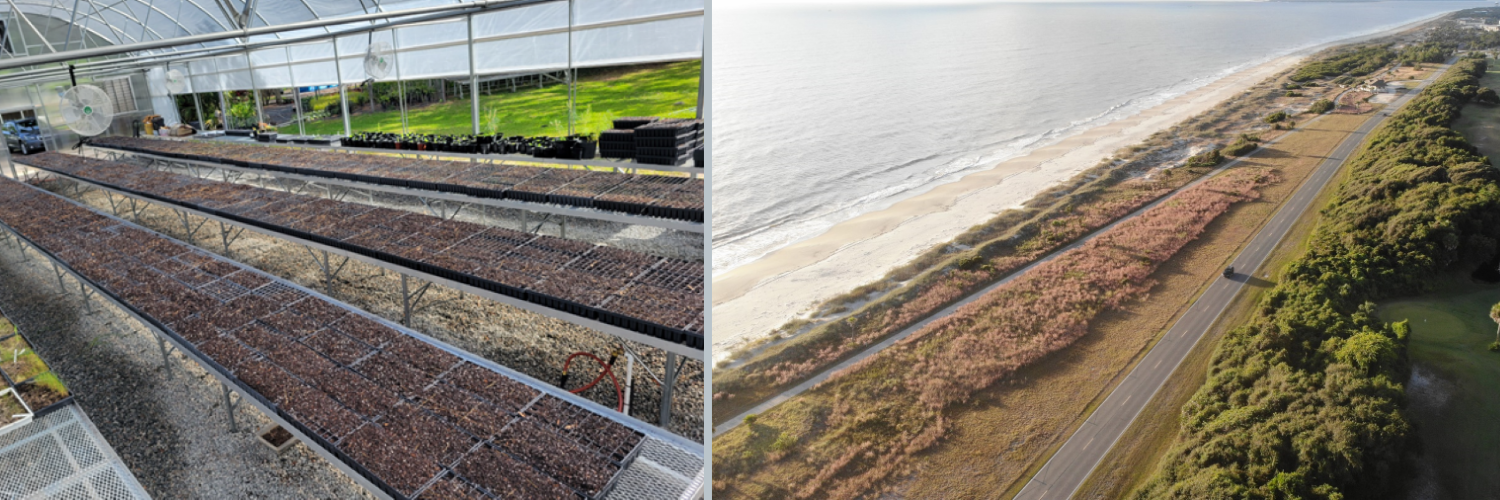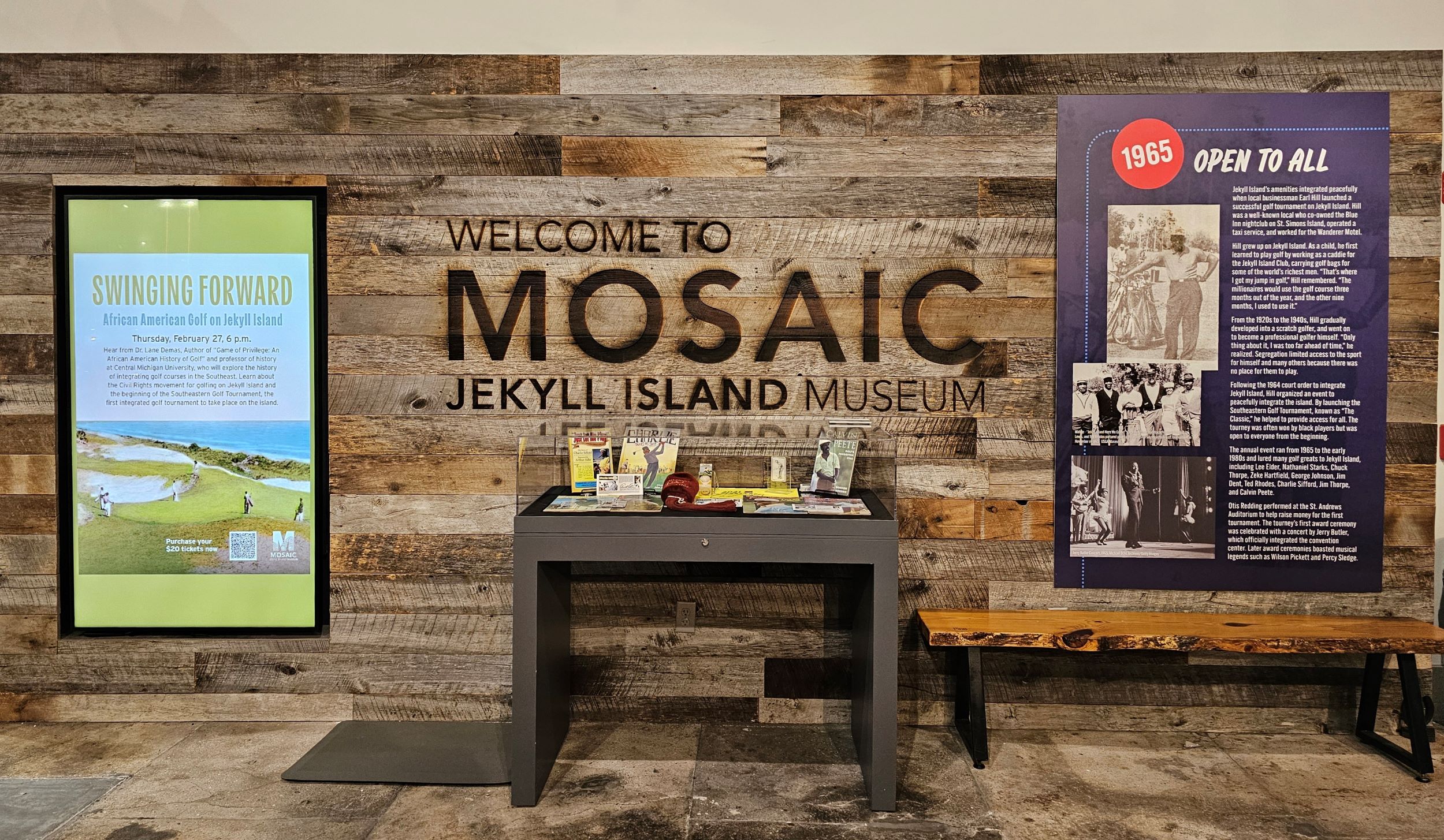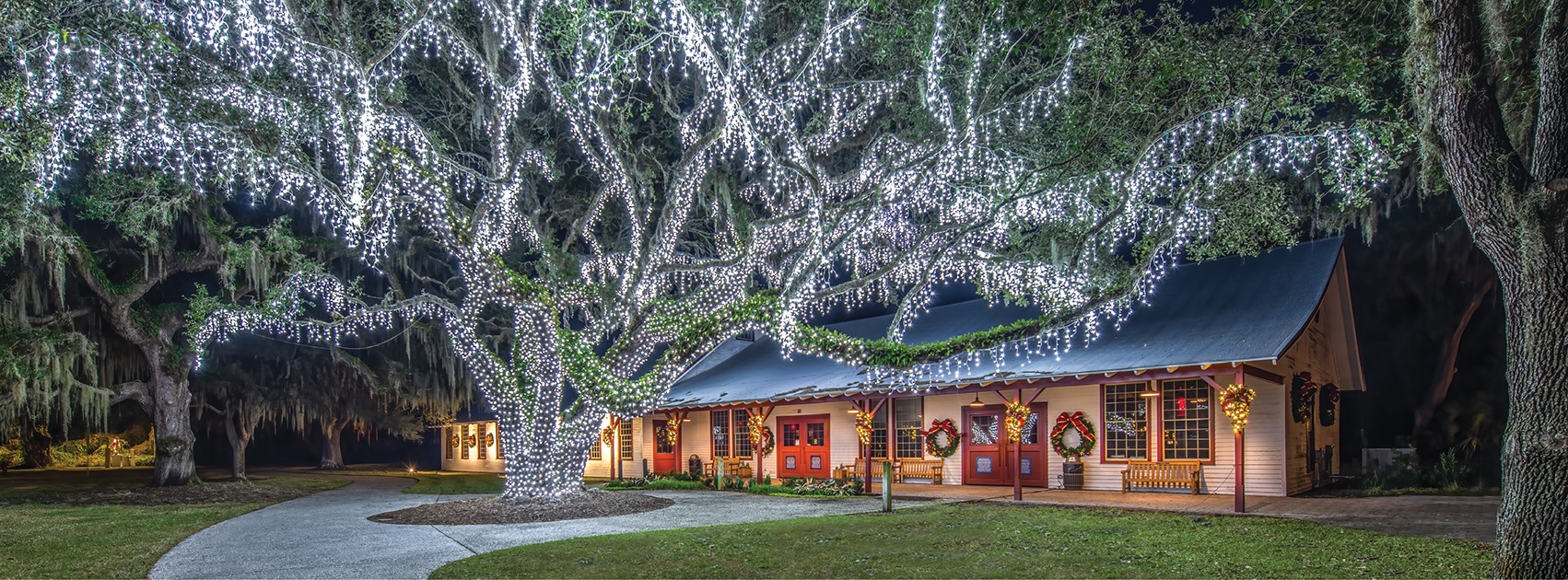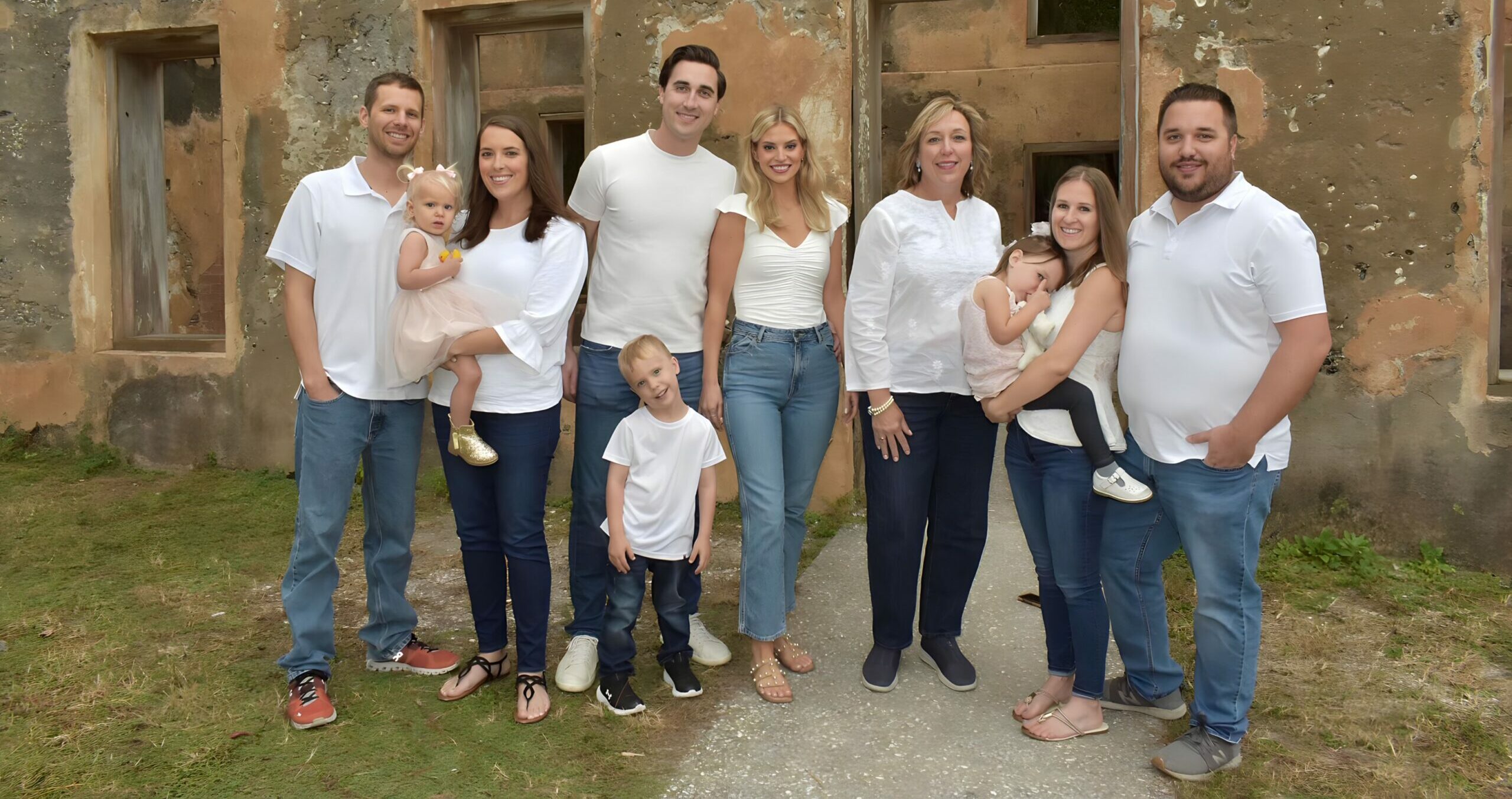By Bailey Yarbrough, Conservation Technician & William Hicks, Conservation Technician
The 2024 sea turtle nesting season on Jekyll Island was both dynamic and inspiring. Officially beginning on May 1, the season opened with the island’s first nest laid on May 5. Although the nesting occurred before nightly patrols had begun, a few fortunate visitors witnessed the extraordinary moment of a mother turtle laying her eggs—an unforgettable experience.
At dawn the next morning, a devoted volunteer from the Turtle Track Detectors discovered signs of the nest and notified the Sea Turtle Patrol Team. As with all nests on Jekyll Island, it was secured using protective measures: a plastic screen, stakes, and a clearly marked informational sign designed to educate the public and safeguard the nest. From the Sea Turtle Patrol Team to the dedicated volunteers, each nest is treated like a treasure, building excitement as the numbers rise. By the close of the 2024 season, Jekyll Island hosted an impressive 153 nests, yielding an estimated 8,478 hatchlings from 58 individual nesting females.
The 2025 nesting season is already showing great promise. In a proud moment for the island and the state, the first nest in Georgia was laid on Jekyll—just off the Glory Beach Boardwalk—high atop a dune crest. This early nest underscores the island’s pivotal role in species recovery and speaks to a hopeful future for sea turtles along the coast.
NEW!! This season also brings new and engaging tools for public education and involvement. Visitors to the beach will notice refreshed nesting signage that is more legible and visually engaging. Additionally, the new Sea Turtle Tracker dashboard—accessible through the Georgia Sea Turtle Center page on the Jekyll Island website—offers real-time updates on nesting activity. The dashboard includes current nest count, daily updates, a season trend graph, and a heat map showing nesting hot spots. Updated within seconds of new nest discoveries, the dashboard allows anyone, anywhere, to share in the excitement of the season.
These innovations, though seemingly small, reflect the cumulative power of decades-long dedication. Thanks to consistent conservation measures, sea turtle populations are now trending towards key recovery benchmarks. Education remains at the heart of this progress. Through immersive educational programs like Ride-Alongs, Turtle Walks, and the digital dashboard, Jekyll Island offers meaningful ways for people to connect with wildlife and become part of the solution.
None of this would be possible without the generosity of the Jekyll Island Foundation and committed donors. Support is crucial in protecting sea turtles and preserving habitats for generations to come. Every contribution makes a lasting difference—for the turtles, the island, and the Georgia coast.
Together, progress continues—one nest at a time.
To support the ongoing work of the Jekyll Island Authority Conservation Department, click HERE.








